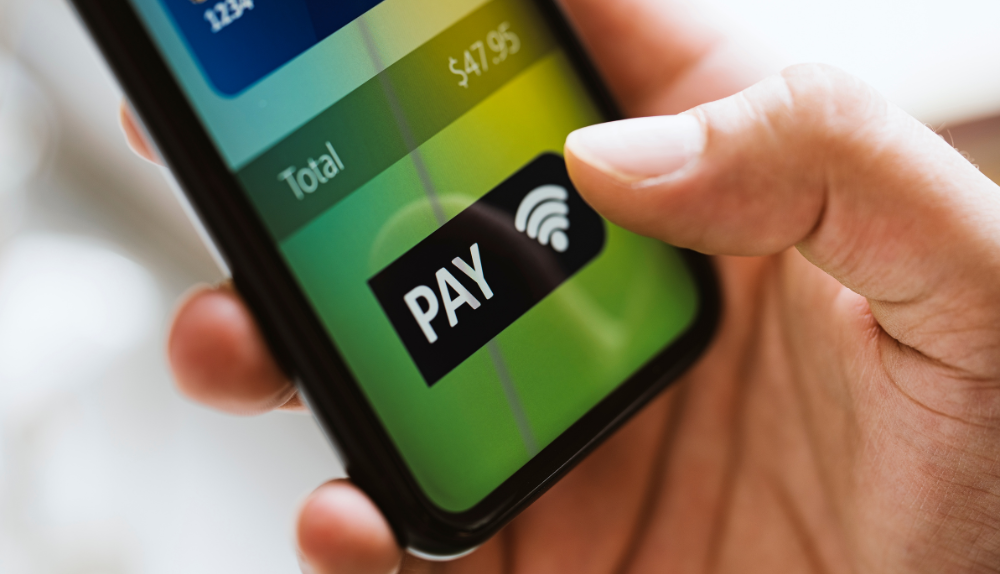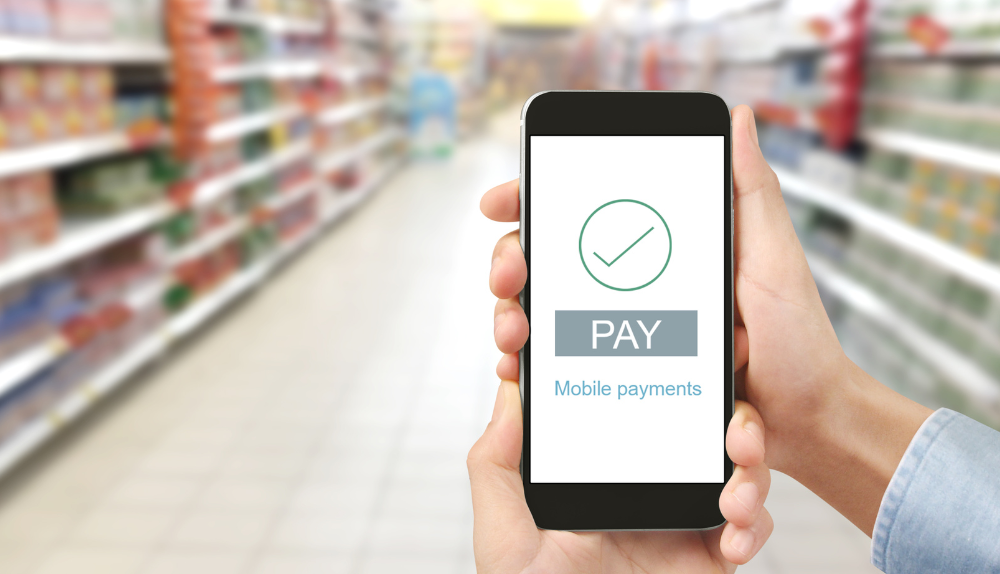
By max June 16, 2023
Mobile payments have become increasingly popular for online transactions. One such app that’s gained immense traction worldwide is Venmo. But is Venmo safe to use as a seller? And is it really an ideal payment solution for your business? Given its controversial history, merchants often wonder whether adding Venmo as an acceptable payment method is worth it.
What is Venmo?
Venmo is a peer-to-peer (P2P) payment solution that works on Android and iOS devices and is used by millions to process mobile transactions with simple clicks. Designed primarily to simplify online transactions, Venmo was initially used as the easiest way to transfer money between relatives and friends. In 2021, it introduced commercial features, enabling merchants to accept payments through Venmo. As a result, many merchants added Venmo to their payment methods. This, however, led to an increased security risk for the merchant.
Cyber threats have become a common problem in nearly every digital payment landscape and Venmo is not an exception. Its history doesn’t help either. Fortunately, the company comes with many safety features that a merchant should know to ensure safe transactions. Let’s take a look at its safety features, the possibility of scams that can occur, and some tips for avoiding the scam.
How Does It Work?
Venmo, as mentioned above, is a P2P platform that facilitates money transfers for personal and commercial use. You can download this mobile payment application from Google PlayStore or Apple AppStore, link your credit/debit card or your bank account and start sending/receiving money immediately. Note that for this payment method to work, it’s important that both the recipient and the vendor have a Venmo account.
For the recipient, Venmo works just like other money-exchanging mobile apps. You need to link your bank account. Once you have received the money, it will be held in your Venmo account temporarily. The transaction is reviewed by the team and is then transferred to your linked bank account. You can find the Pay or Request option within the app. Click on it to initiate the transaction. You need to type the name of the recipient, email ID, or phone number to transfer the amount.
The recipient can choose the standard method for transferring Venmo balance to their bank accounts. But that may take anywhere between 1 and 3 business days. Or, they can consider Instant Transfer, which transfers the amount within 30 minutes but incurs a 1.9% fee. The feature is for merchants that need immediate payment transfers to their banks. Remember, the fee can be as high as 25%, depending on the size of your transaction. Moreover, you will be charged an additional flat fee of 0.10% on each transaction.
Setting up Venmo is a straightforward process for those with a PayPal for Business account. It doesn’t incur an additional fee for setup. Buyers can choose PayPal checkout for the payment and then pay through their Venmo account.
Is Venmo Safe To Use As A Seller?
Before integrating Venmo payments into their eCommerce stores, merchants want to know how safe this mobile payment app is. By safety, they mean the security of their confidential information and the entire transaction process. It also covers the chargeback process. Fortunately, the company has introduced Venmo Purchase Protection, which provides merchants with protection against financial losses due to friendly fraud.

It offers financial protection of up to $2,500. However, it doesn’t apply to the payments processed through credit cards. Additionally, the buyer protection program covers tangible goods and not digital products. There are a few things that determine your eligibility for the buyer’s protection. For example:
- You must process the transfer within its Android/iOS app
- You must buy the goods and services from a verified vendor
- The buyer should pay either through their linked bank accounts or debit cards. The balance available in the Venmo account can also be used.
Apart from these, the buyer should try to contact the seller to fix the issue. Know that Venmo has standard and business accounts for different users. For those processing normal transactions, the standard account will suffice. However, it’s advisable to upgrade to a business account if you are considering exchanging money for goods and services rendered. Not only is it secure, but a business account is mandatory for merchants using Venmo on their eCommerce sites.
Common Venmo Scams
Venmo is susceptible to cyber threats, especially for those using its standard account. That said, those with Business accounts are not 100% safe either.

The biggest issue with the app is that the payment is transferred to a Venmo account almost instantly and shows up on your available balance right away. But, it’s left unverified for a few days, making it hard to detect whether the payment has been made by a fraudster using stolen credit card details.
Venmo scams like Mistake Money Transfers, look authentic and harmless but can result in a financial loss for the victim. In this scam, a fraudster transfers money to your account from a stolen credit card and then requests you to refund them. They quickly update their Venmo account with their bank details before you initiate the refund.
When the real cardholder sees an unauthorized transaction from their card, they will issue a chargeback and the amount will be deducted from your account. To avoid such scams, it’s best to not respond to such suspicious messages from random users.
Another common type of scam that’s frequently reported by Venmo users is impersonation. A fraudster can impersonate your friend or colleague and request you to transfer money. They can also trick the user into transferring money to receive the cash prize they have won in some contest. Employee scam is also quite common. You get a phone call from someone claiming to be from the Venmo team. They will request your personal information to save your account or help you in other ways.
Unfortunately, the scam rates on Venmo and other such mobile apps are 3-4 times higher than that on credit cards. That’s why it’s advisable that you transfer the money only to those you know or do it after carefully evaluating their Venmo profile.
Safety Tips for People Using Venmo
Many businesses are relying on mobile payment apps like Venmo to offer convenience to their customers. And while that is a great strategy to bring more customers to your store, these P2P apps are associated with an increased risk of cyber threats. Knowing the common scams will help you follow the right ways to prevent financial loss due to Venmo scams. Here are some safety tips for Venmo users.
- Use a Strong Password
It’s a no-brainer. When a hacker tries to get access to your accounts, they’d do it by hacking your password. Brute-force attacks are on the rise these days. Someone can use bots to use a combination of passwords and usernames to access your Venmo account.
The first step to ensure protection against such scams is by using a strong password, which is at least 8 characters and a combination of uppercase and lowercase letters, with numbers and special characters. Never use Social Security Number, name, phone number, address, and other personal details as passwords. They are easy to crack.
- Send Money to Verified Users Only
You might think you are safe because you have a business account on Venmo. The company does offer additional security features to merchants, but they are still at risk of fraudulent activities. Before sending money, check whether the account is verified. Also, ask the seller to validate their identity before processing the transaction.
- Use Two-Factor Authentication for Higher Security
Two-factor authentication requires the user to type the code sent to their registered mobile number or email to get access to their Venmo account. It increases the security of your payment app, as no one except the registered user can access their accounts. With the 2FA enabled, you don’t have to worry about compromised passwords, as the hacker won’t get your Venmo account until they cross the second layer of authentication.
- Use Credit Cards
Linking debit cards to your Venmo is comparatively unsafer than credit cards. The latter is not linked to your bank accounts, thus offering a greater level of security. Even if fraud occurs, you will have time to issue a chargeback request and reverse the transaction if it was processed through your credit card.
- Set Email Alerts
Another protection for your Venmo account is email and text alerts. Setting up text alerts would allow you to receive notifications for every transaction, including the payment sent and received. You also get a notification for login activity. Getting these alerts will help you identify fraudulent transactions and take action immediately.
Conclusion
Merchants should weigh the pros and cons of the payment methods before integrating them with their eCommerce sites. Finding the right balance between your convenience and security is crucial to ensuring safety for transactions. Venmo does offer security features for merchants concerned about transaction security, but you must be aware of the common transaction scams on Venmo to avoid becoming the victim of such fraud.
